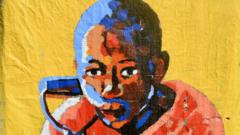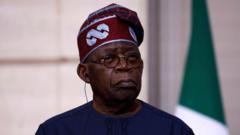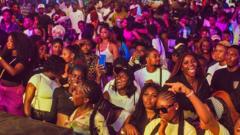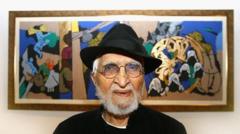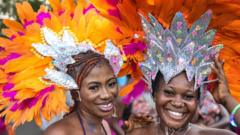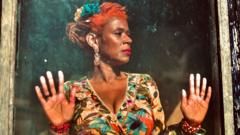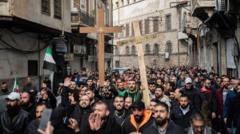This is one of the greatest things to have happened, not only to my art, but to Nigerian artwork, 93-year-old painter and sculptor Bruce Onobrakpeya says as he looks around the rooms at the Tate Modern, one of London's premier art museums.
The collection is fantastic and it brings back a lot of memories going back 50, 60, 70 years.
Onobrakpeya is among more than 50 artists whose work is going on show at the gallery on the south bank of the Thames as part of Nigerian Modernism, an ambitious presentation that spans a period from 1910 to the 1990s.
To Onobrakpeya, affectionately called Baba Bruce within art circles, Nigerian Modernism is a transfer of the old ideas, old items, old technologies, old thought into a different, modern time. It is projecting the present, and showing the way towards the future.
Walking through the Tate's lofty rooms, pieces that blend indigenous Nigerian techniques like bronze casting, mural painting, and wood carving with more European styles are all on show.
For Oyelami, the 1960s and 70s were an exciting time to be an artist in Nigeria. It was also a turbulent time - the Tate's collection tracks the nation's journey from a British colony to a fledging independent country, to the setting of a grisly civil war. The Biafran war - which lasted from 1967 to 1970 - is reflected by artists from the Nsukka Art School, an influential art department and movement founded by students and professors at the University of Nigeria.
For all their differences, all the creatives represented have at least one thing in common, Bonsu says - fashioning radical visions of what modern art could be. Nigerian Modernism runs at the Tate Modern from Wednesday until 10 May next year, aiming to illuminate a movement that has long been underrepresented on the global stage.



